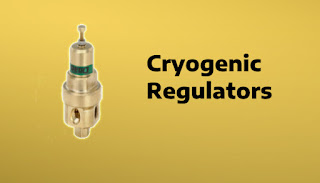CO2 Regulators & Cylinders for Aquariums
8 Tips to Remember Before Using CO2 Regulators & Cylinders for Aquariums
CO2 cylinders and regulators are primary components of kegerators, aquariums and are commonly used in many applications. However, when working with CO2 cylinders and regulators, here are some tips you must know to be safe during the operation.
- When it is time to refill, do not simply remove the CO2 regulator. Relieve all the working pressure from the low pressure gauge to prevent further damage to the gauge during re-installation of the regulator.
- After re-filling your CO2 cylinder, vent it for 1 or 2 seconds before installing any components to the cylinder. This helps remove any debris that may have wedged in the cylinder valve. Preventing debris from entering also prolongs the life of your CO2 equipment.
- Make sure the cylinder reaches room temperature before re-installing the Co2 regulator. This ensures equalization of the pressure in the cylinder and enables it to take accurate pressure readings.
- Put your seal between the regulator and the cylinder valve. Remember to hand-tighten the seal if you are using a permaseal as a wrench is usually not required.
- When all is done and you are installing the regulator, ensure a tight connection using a crescent wrench or CO2 wrench so that there is no loss of CO2.
- Remember not to over-tighten the bubble counter on your CO2 regulator as this may cause the bubble counter to break off or damage the components that prevent contamination of your regulator.
- Always use a check valve in the CO2 tubing to protect your CO2 equipment as it prevents water from spilling out of the aquarium through the tubing towards the regulator.
- If you face a problem with your CO2 regulator, do not attempt to diagnose or repair on your own without prior consultation of our experts.
Evergreen Midwest Co. has trained professionals and industry experts to give you proper advice for all your regulators and valves. You can contact us at 800.659.3358. We also have a wide selection of industrial regulators, valves and valve accessories that are tested for performance as per the latest international standards.






